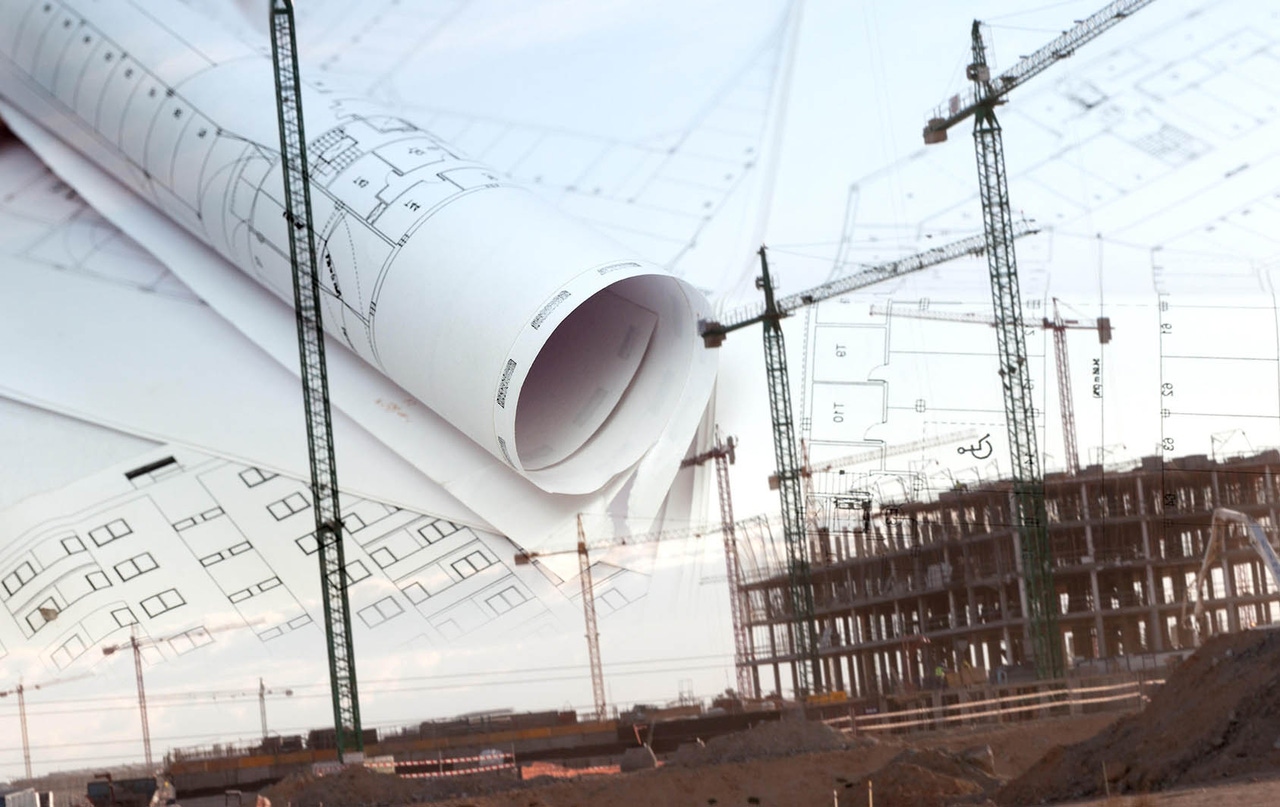
Insight and analysis on the data center space from industry thought leaders.
Agile Design, Lasting Impact: Building Data Centers for the AI EraAgile Design, Lasting Impact: Building Data Centers for the AI Era
An agile approach to design will help enable data centers to adapt to rapidly evolving AI needs.
May 15, 2024

The data center landscape is iterating at unimaginable speed. In just a few years, we’ve evolved from on-premises to cloud, and now to a world transformed by AI. This transformation brings a new challenge for the data center industry: how to meet the burgeoning demand for AI with high-density, future-proof, AI-ready data centers.
Data Bridge Market Research predicts that AI infrastructure market spending will reach $422.5 billion by 2029, with an impressive 44% annual growth rate. But for this growth to be real and sustained, it needs data centers to help power its progression.
Now feels like a pivotal moment for the industry due to the rapidly growing market opportunity, alongside technological transformations. There is a need, however, to balance bold and progressive innovation with an awareness that this field is changing constantly. Adaptations today may not fit the technology of tomorrow. he name of the game will be agility in design combined with long-term value and sustainability.
Let the Chips Fall… But Where?
As demonstrated by NVIDIA’s blockbuster results and outlook signal last month, growth in the advanced chips market is only on an upward trajectory with the AI-GPU market predicted to expand by an average of 73% annually to $400 billion by 2027.
However, heightened demand means more data centers are needed to house them – with generative AI workloads predicted to spur a tripling of hyperscale data center capacity over the next six years. This presents a problem.
Data Centers Are Not Ready for AI
Currently, both data center availability and design do not meet the scale of the demand.
Despite data center construction in North America increasing 19.2% year-over-year, vacancy remains near a record low of 3.3%. Meanwhile, Savills estimates the pipeline of data centers needs to more than double by 2025 if it is to meet the forecasted increased demand in Europe.
Traditional hyperscalers have been caught short and are unprepared. Typically, they have relied on a ‘just-in-time’ delivery approach based on forecasted demand to mitigate the high costs and time taken to deploy. But with AI’s pace of change, this is no longer a suitable model.
What’s more, the architecture and design of many traditional data centers are not fit for purpose, especially as the physics of the chips are changing all the time. For example, state-of-the-art liquid cooling technology is now essential to tolerate the heat generated by the significant amount of AI chip computational power. According to the Dell’Oro Group, liquid cooling market revenue will approach $2 billion by 2027.
At the same time, designs must keep up with new regulations regarding energy consumption and sustainability – for example, reporting requirements under the Corporate Sustainability Reporting Directive (CSRD) require nuanced measurements covering nine areas of resource use and IT equipment. Constant change hinders advancement without flexibility in design.
Balancing Design Agility With Long-Term Value
While there is a clear need for more data centers, the development timeline of building new, modern data centers incorporating these technologies and regulatory adaptations is currently between three to five years (more in some cases). And not just that, the fast pace at which technology is evolving means manufacturers are likely to face the need to rethink strategy and innovation mid-build to accommodate further advancements.
Take density, for example. High density means something completely different now to 10 years ago. Previously, high density was 10-15 KW – now it's 50 KW. In five years we could be at 550 KW. In this context, a data center planned for three years’ time could be outdated by the time the first brick is laid, if it doesn’t remain agile.
What’s Next for Data Centers?
This is a pivotal moment for our industry and what’s built today could influence what’s possible tomorrow. We’ve had successful adaptations before, but due to the current pace of evolution, future builds need to be able to accommodate retrofits to ensure they remain fit for purpose.
It's crucial to strike a balance between meeting demand, adhering to regulations, and designing for adaptability and durability to stay ahead. We might see a rise in smaller, colocation data centers offering flexibility, reduced latency, and cost savings. At the same time, medium players could evolve into hyperscalers, with the right vision to build something suitable to exist in the next hype cycle.
Data centers, driven by AI advancements, are at a turning point, and their future hinges on evolving technology and infrastructure. To succeed, our industry must be forward-thinking and agile.
Corey Needles is managing director of Ardent Data Centers, the data center infrastructure division of Northern Data Group.
About the Author
You May Also Like







